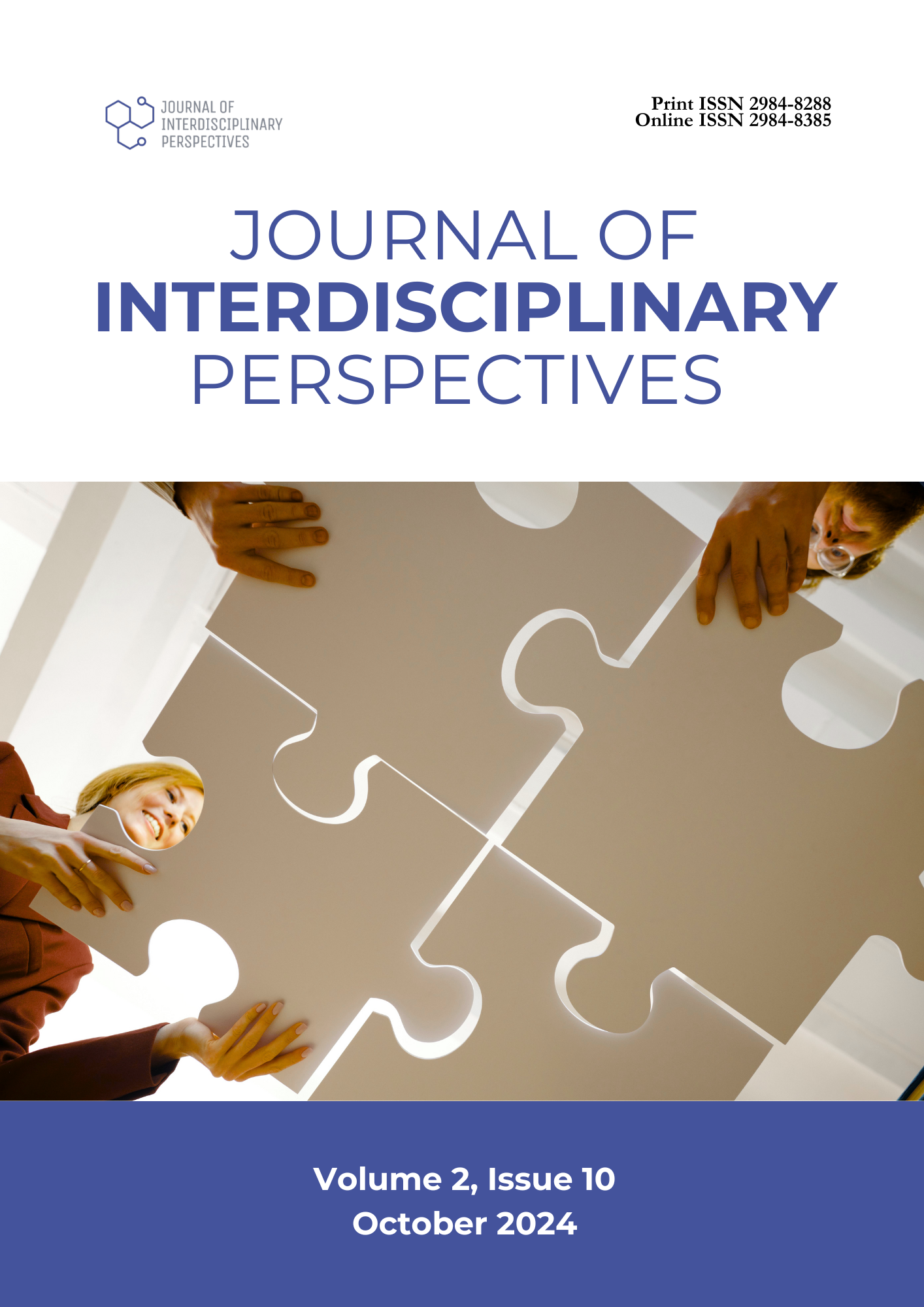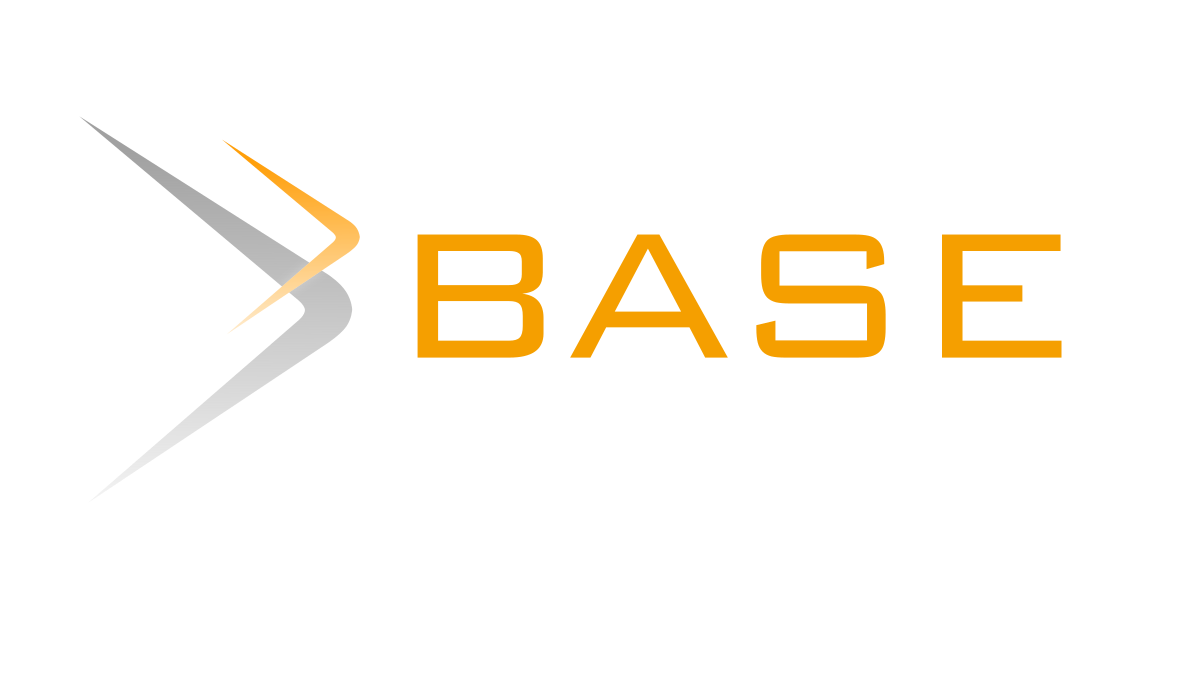Exploring the Role of Harmonized Gender and Development Guidelines (HGDG) in Promoting Gender Sensitivity in Classroom Practices among Educators
DOI:
https://doi.org/10.69569/jip.2024.0427Keywords:
Inclusive education, Gender equity, Harmonized Gender and Development Guidelines (HGDG), Professional development, Student participationAbstract
This study explored the implementation of the Harmonized Gender and Development Guidelines (HGDG) in educational settings and its impact on student behavior, participation, and learning outcomes. Through a qualitative approach, 12 participants, including students, teachers, a Gender and Development (GAD) coordinator, and a campus executive director, were interviewed to understand their experiences with gender-sensitive practices. The study identified several key challenges in implementing HGDG, including gaps in professional development, insufficient resources, cultural resistance, and a need for clear institutional policies and administrative support. Despite these challenges, participants noted positive behavioral changes, improved student participation, and a greater sense of inclusivity, particularly among female and marginalized students. Gender-sensitive practices such as promoting respect, balanced participation in group activities, and reducing the rigidity of traditional gender roles have contributed to fostering a more inclusive classroom environment. The study further emphasized the need for continuous hands-on training and collaboration with gender sensitivity experts, as well as the improvement of access to gender-sensitive materials and digital resources. Additionally, participants called for stronger leadership involvement and clearer guidelines from school administrators to ensure the consistent application of gender equity principles. Regular monitoring and evaluation of gender-sensitive practices were also identified as essential for sustaining progress and identifying areas for improvement. The study concludes that while significant progress has been made, more efforts are needed to address existing challenges and further integrate gender-sensitive practices into educational institutions. By enhancing professional development, institutional support, and resource availability, schools can create a more equitable and gender-responsive learning environment that benefits all students.
Downloads
References
Duma, M. G. (2022). Gender mainstreaming plan for gender-responsive public schools. PUPIL: International Journal of Teaching, Education and Learning, 5(3), 144–161. https://doi.org/10.20319/pijtel.2022.53.144161
Khalil, N., Aljanazrah, A., Hamed, G., & Murtagh, E. M. (2023). Teacher educators’ perspectives on gender responsive pedagogy in higher education. Irish Educational Studies, 0(0), 1–17. https://doi.org/10.1080/03323315.2023.2174575
Mendoza, C. J. B., & Mendoza, C. B. J. (2017). Advancing gender equity in development plan preparation in Laguna, Philippines. International Journal of Sciences: Basic and Applied Research, 36(2), 279–294. http://gssrr.org/index.php?journal=JournalOfBasicAndApplied
Neumann, M. D., & Dean, G. M. (2024). Preservice teachers examine gender equity in teaching mathematics. Mathematics Teacher: Learning and Teaching PK-12, 117(1), 70–79. https://doi.org/10.5951/mtlt.2023.0291
Omercajic, K. (2022). “Basement boys” in the all-gender bathroom: Investigating student-inspired trans-activism and white cisgenderist barriers to supporting trans students in school. Teachers College Record, 124(8), 220–243. https://doi.org/10.1177/01614681221123384
Rogošić, S., & Baranović, B. (2024). Gender sensitivity of teacher education curricula in the Republic of Croatia. Open Education Studies, 6(1), 20220225. https://doi.org/10.1515/edu-2022-0225
Shen, W. (2023). Education equality in China: Economic, geographical, gender and education policies. Lecture Notes in Education Psychology and Public Media, 17(1), 162–171. https://doi.org/10.54254/2753-7048/17/20231237.
Downloads
Published
How to Cite
Issue
Section
License
Copyright (c) 2025 Journal of Interdisciplinary Perspectives

This work is licensed under a Creative Commons Attribution-NonCommercial 4.0 International License.








